Jammu and Kashmir is the northernmost state in India, surrounded on the north by Afghanistan and China, on the east by China, on the south by Himachal Pradesh and on the west by the north-west Pakistan.
Jammu and Kashmir has the distinction of having a diverse and unique cultural blend, making it distinct from the rest of the country, not only from the different cultural forms and heritage but from geographical, demographically, ethical, social entities. Its different cultural forms like art and architecture, fair and festivals, rites and rituals, seer and sagas, language and mountains, embedded in an ageless period of history, speak volumes about the unity and diversity with unparalleled cultural cohesion and cultural service. While Kashmir has been the highest learning centre of Sanskrit and Persian where early Indo-Aryanic civilization has originated and flourished, it has also been the embracing point of the advent of Islam in India.
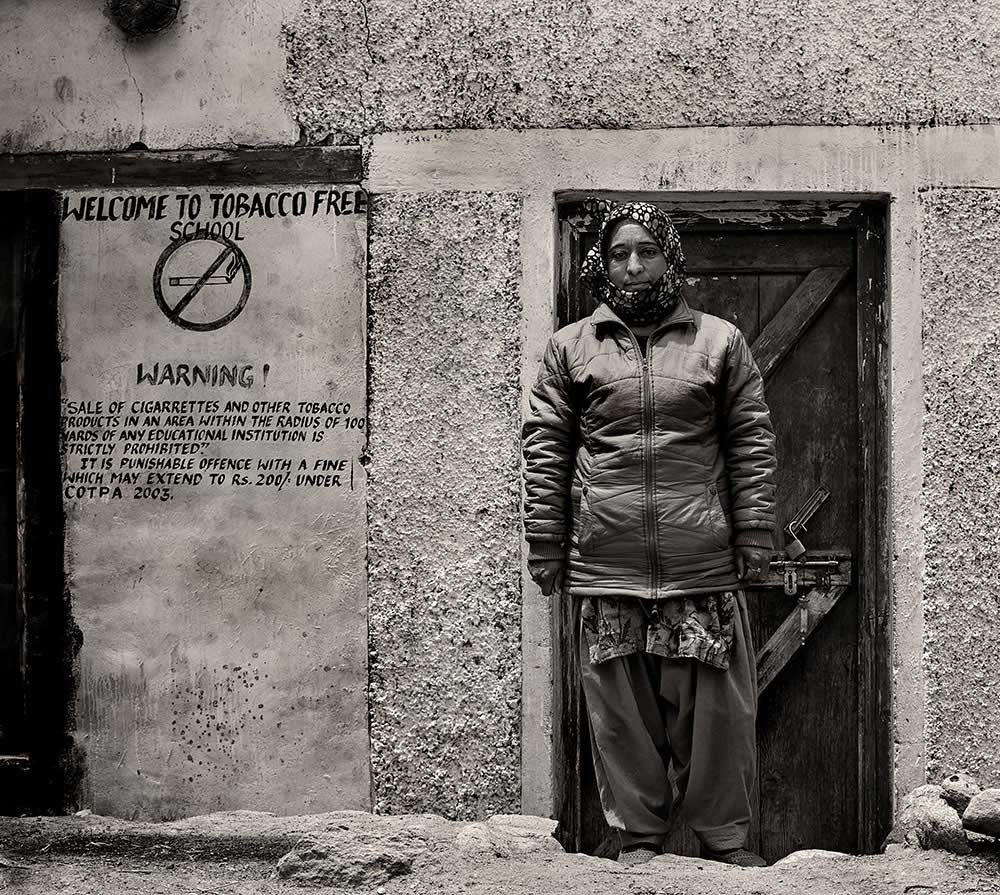
Ancient People | Indus Valley
The Indus Valley Civilization also known as Harappan Civilization was a Bronze Age civilization from 3300 BCE to 1300 BCE, It flourished in the basins of the Indus River, which flows through the length of Pakistan, and along northwest India. The decline begun around 1800 BCE, one of many theories is that the decline of the Harappan civilization was a result of Aryan invasion from the north. Others believe that it was an environmental disaster, however the most interesting theory is that modern Aryans are the direct descendants of Alexander the Great.
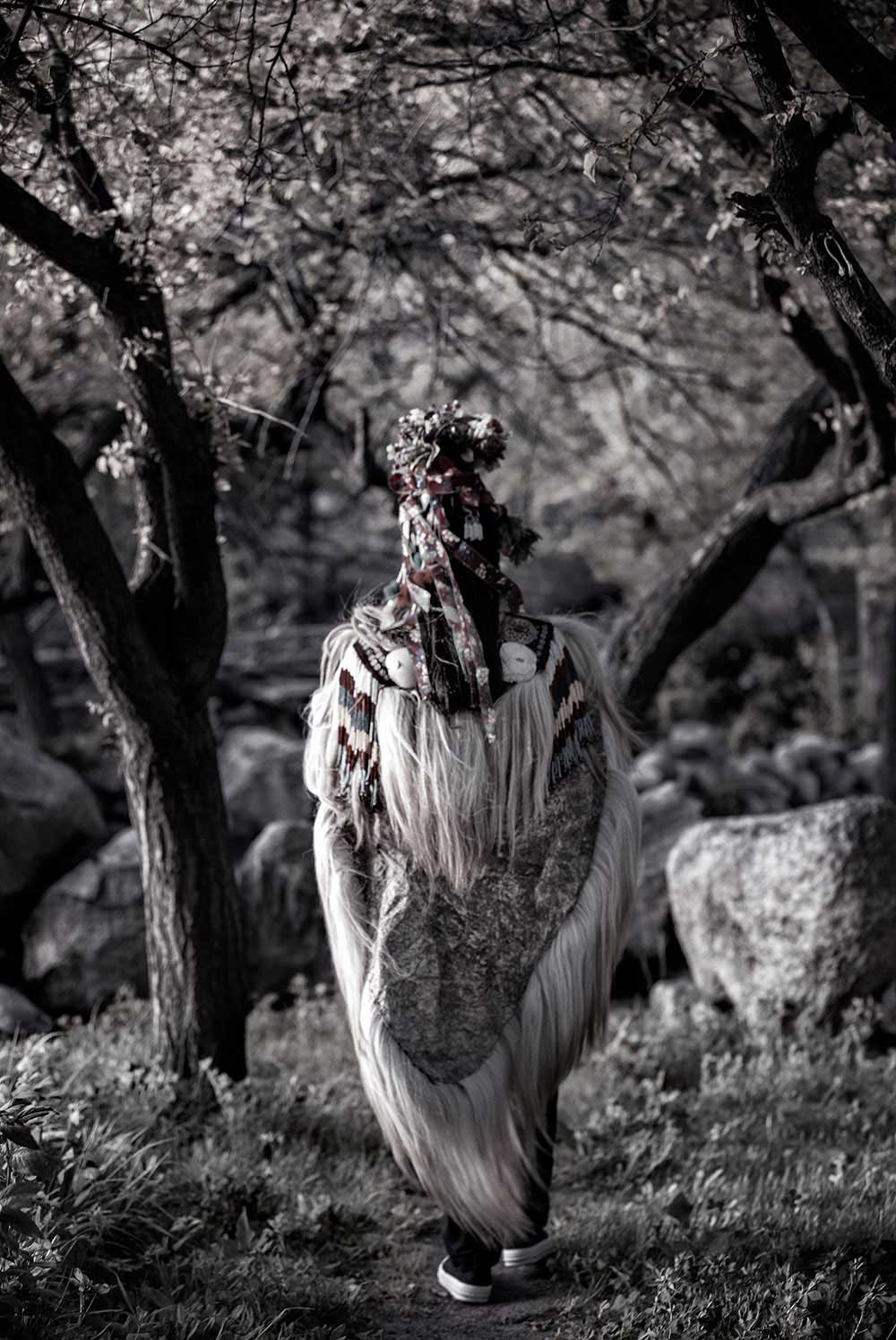
Roots | Indo-Aryanic civilization
Both the Sanskrit and the Iranian terms descend from a form ārya that was used by the Indo-Iranian tribes to refer to themselves, a term which is also connected to the source of country-name Iran, from a phrase meaning Kingdom of the Aryans. Indus Valley Civilization had social conditions comparable to Sumeria and even superior to the contemporary Babylonians and Egyptians.
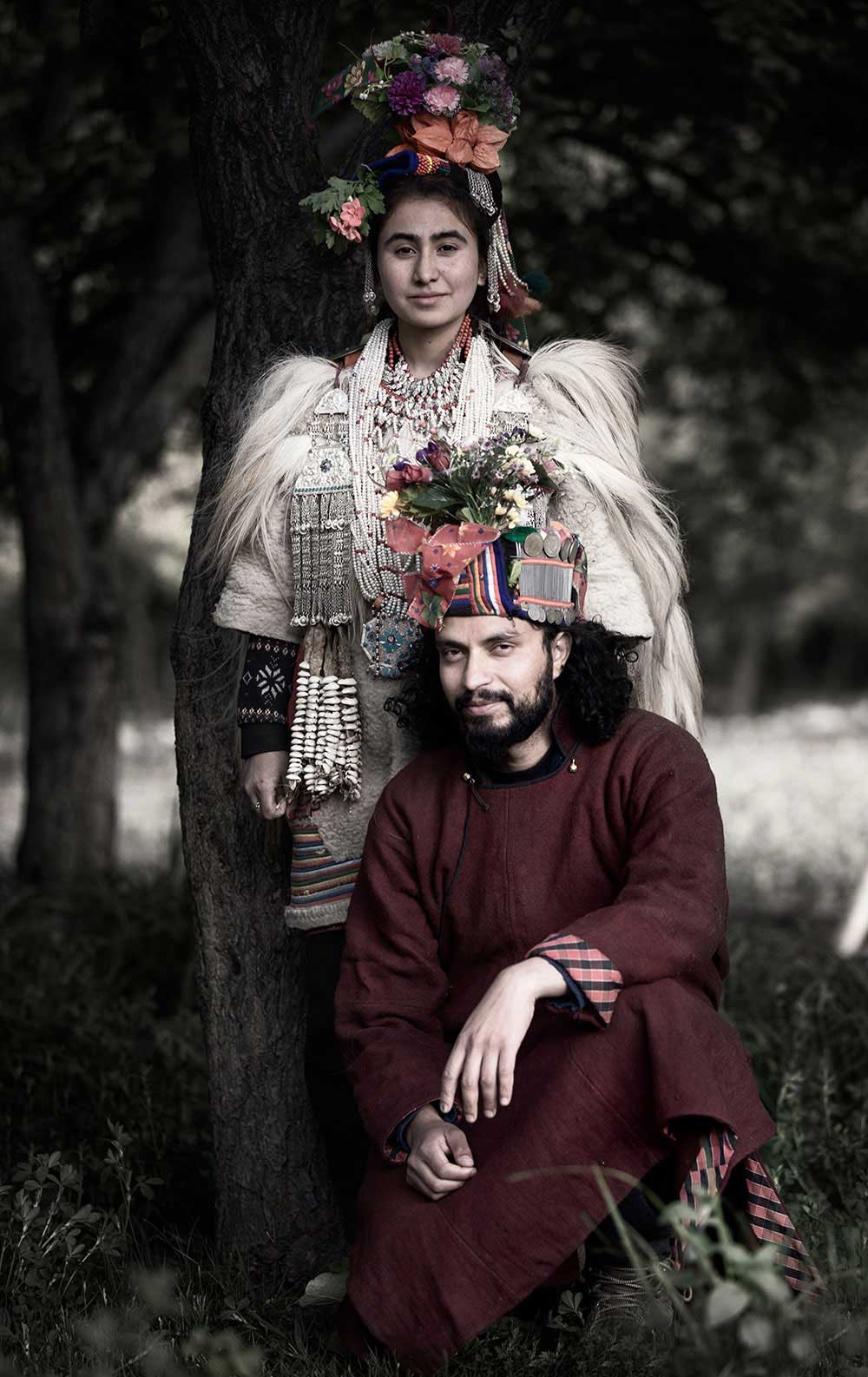
Legacy of Alexander the Great
The Brogpas (Drogpas) claim to be descendants of Alexander the Great army, some who reportedly stayed back after Alexander abandoned his campaign at the banks of River Indus in 326 BC. Several historians have identified them as the only authentic descendants of the Aryans left in India.
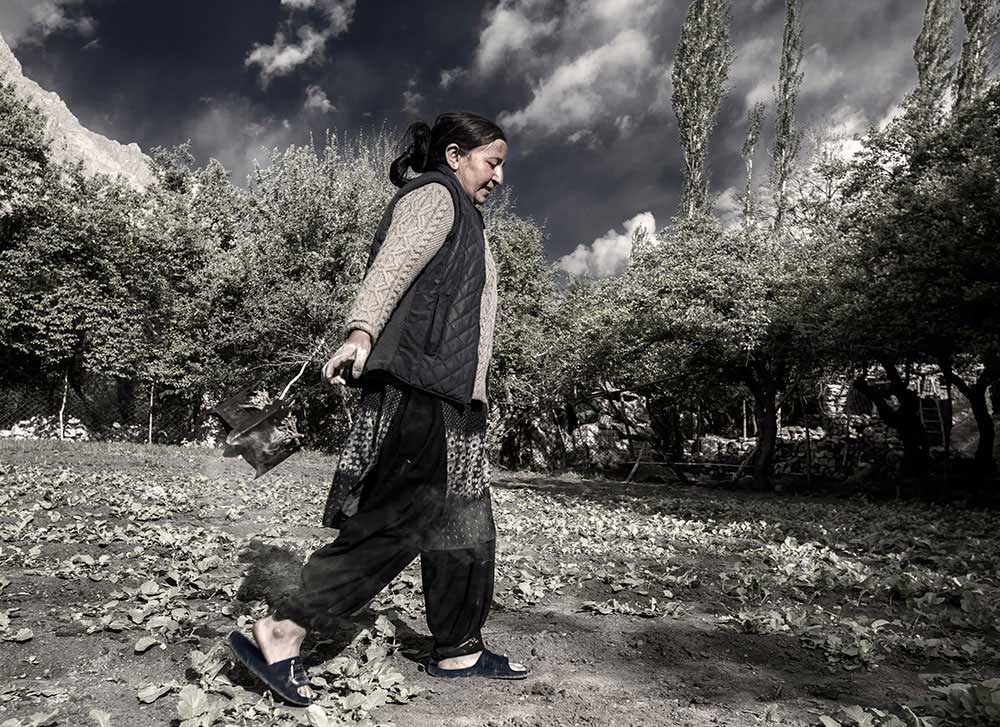
The last of Aryans | Dard Tribe
Currently, there are around the Dard tribe has around 2,500 members in three small villages of the Aryan Valley in Kashmir’s cold desert. The Brogpas are a border community living on the contested line-of-control between India and Pakistan. The tribes are isolated from visitors and historically forbade outside marriage, keeping their genetic origins relatively pure, their marital practice involves polygamy and polyandry. Members of the Dard tribe have Indo-Aryan features as they are tall and statuesque, have green eyes, high cheekbones, and are fair with flawless skin.
The women wear elaborate floral head-dresses that include rows of coins stitched together for ornamentation, with some dating as far as the 1890s, bright ribbons, metal trinkets and peacock feather while men too sport a flower or a woven crown.
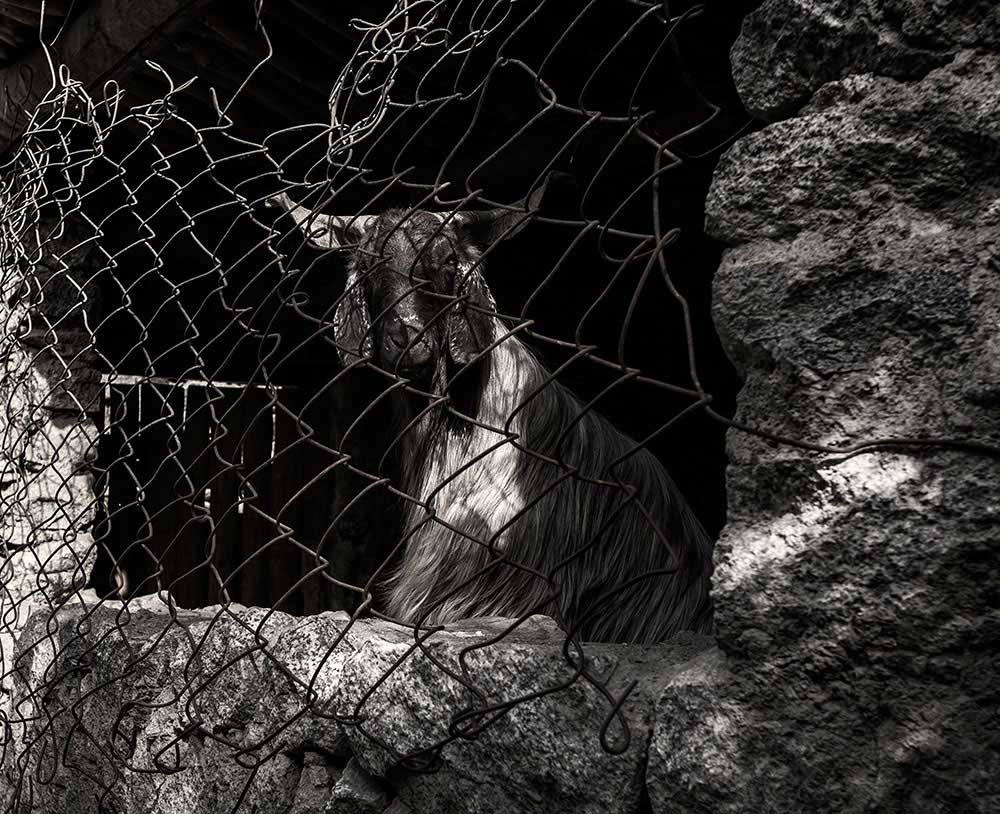
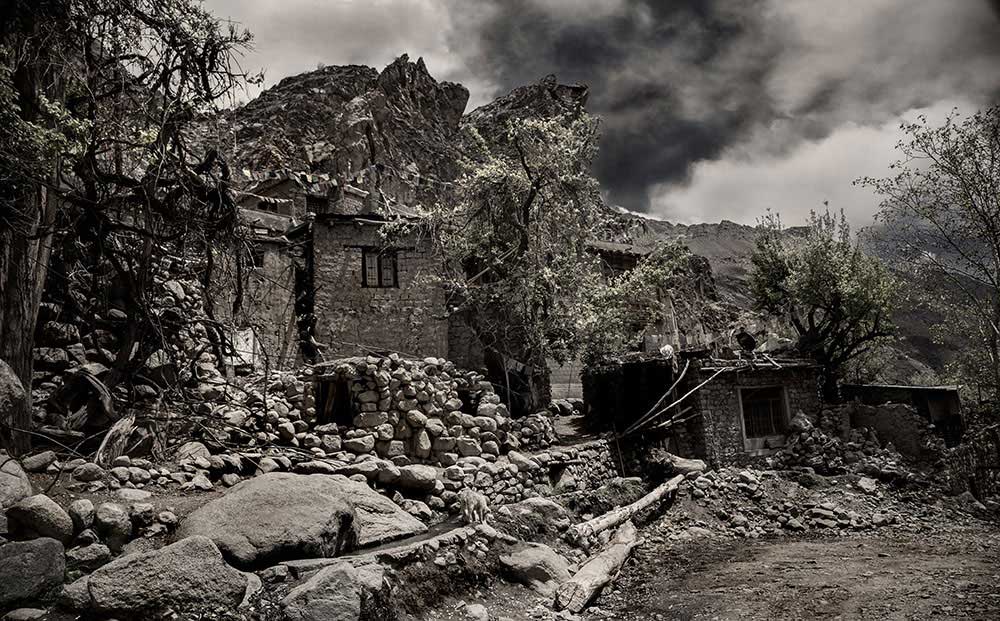
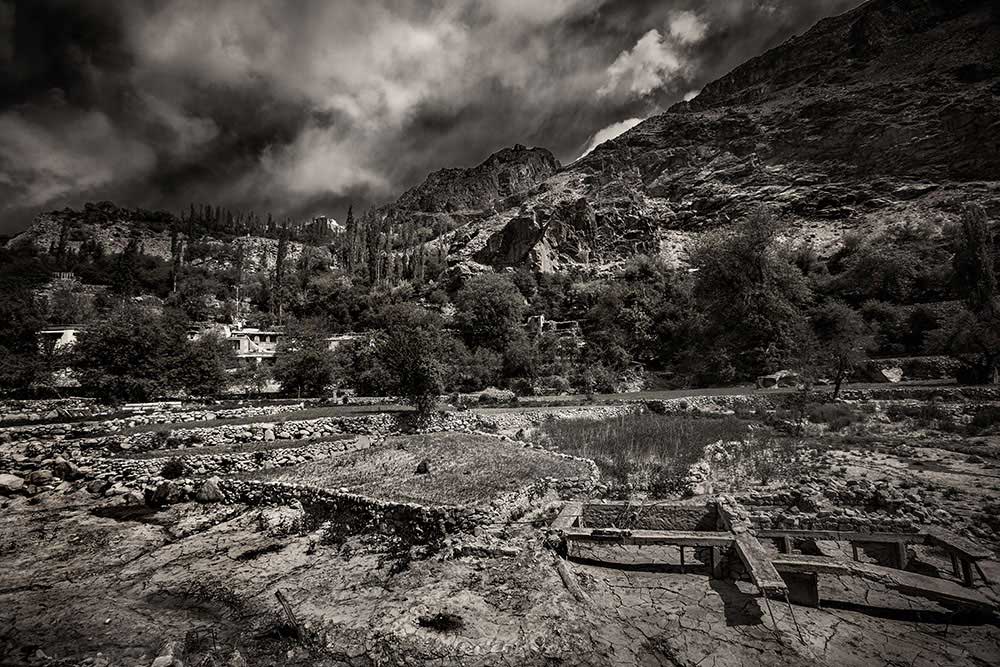
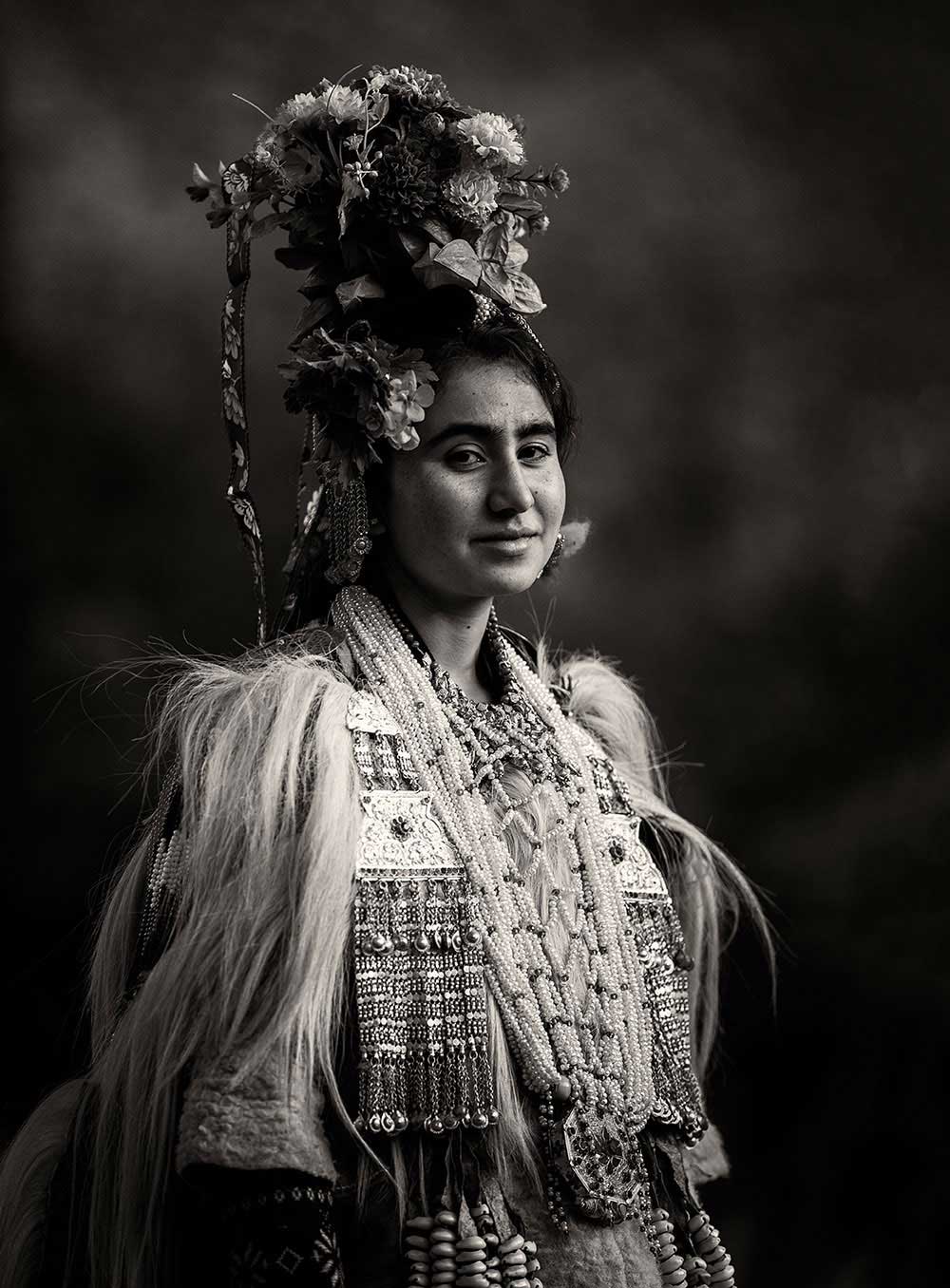
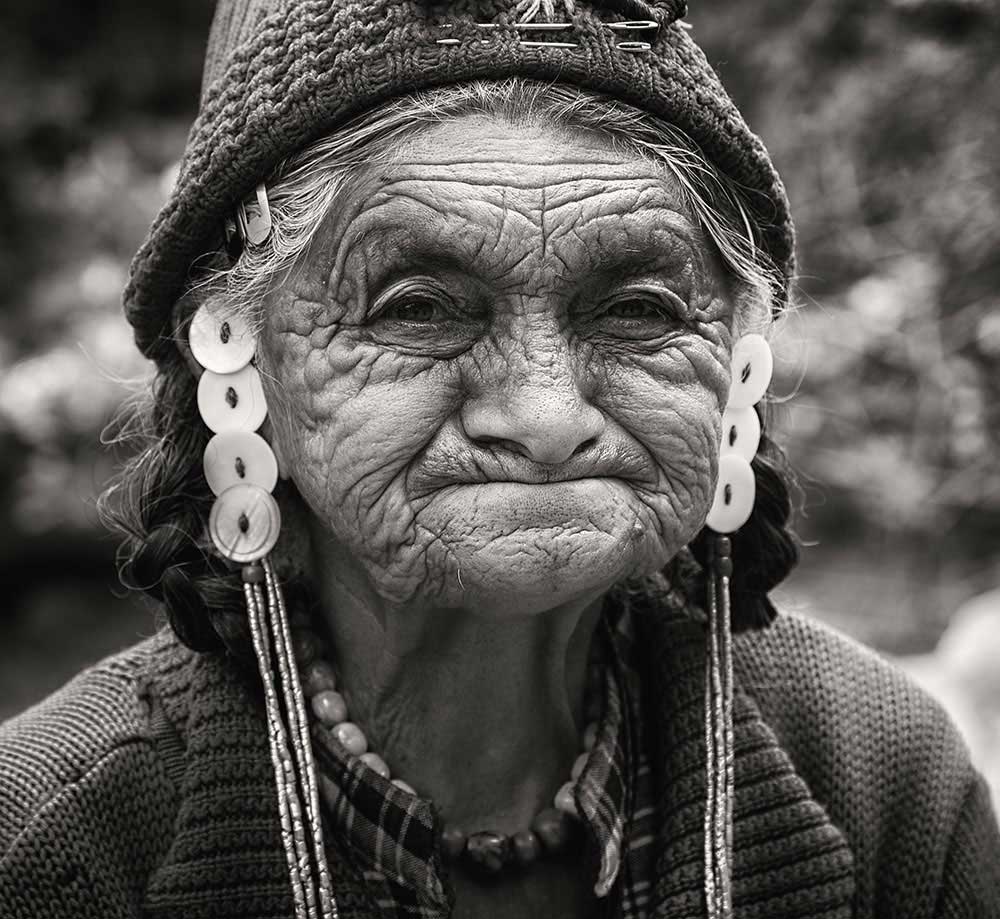
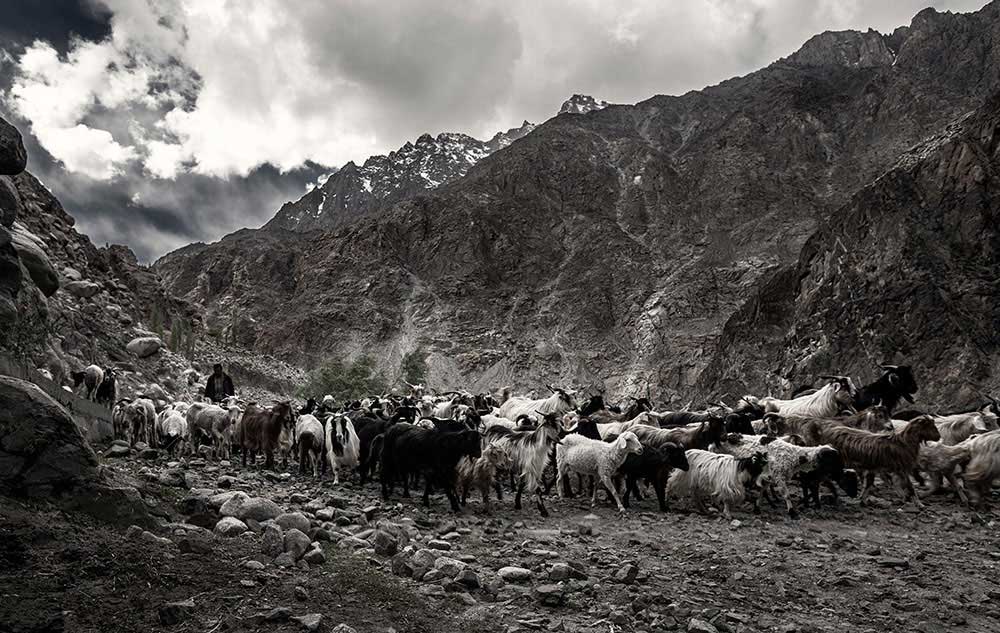
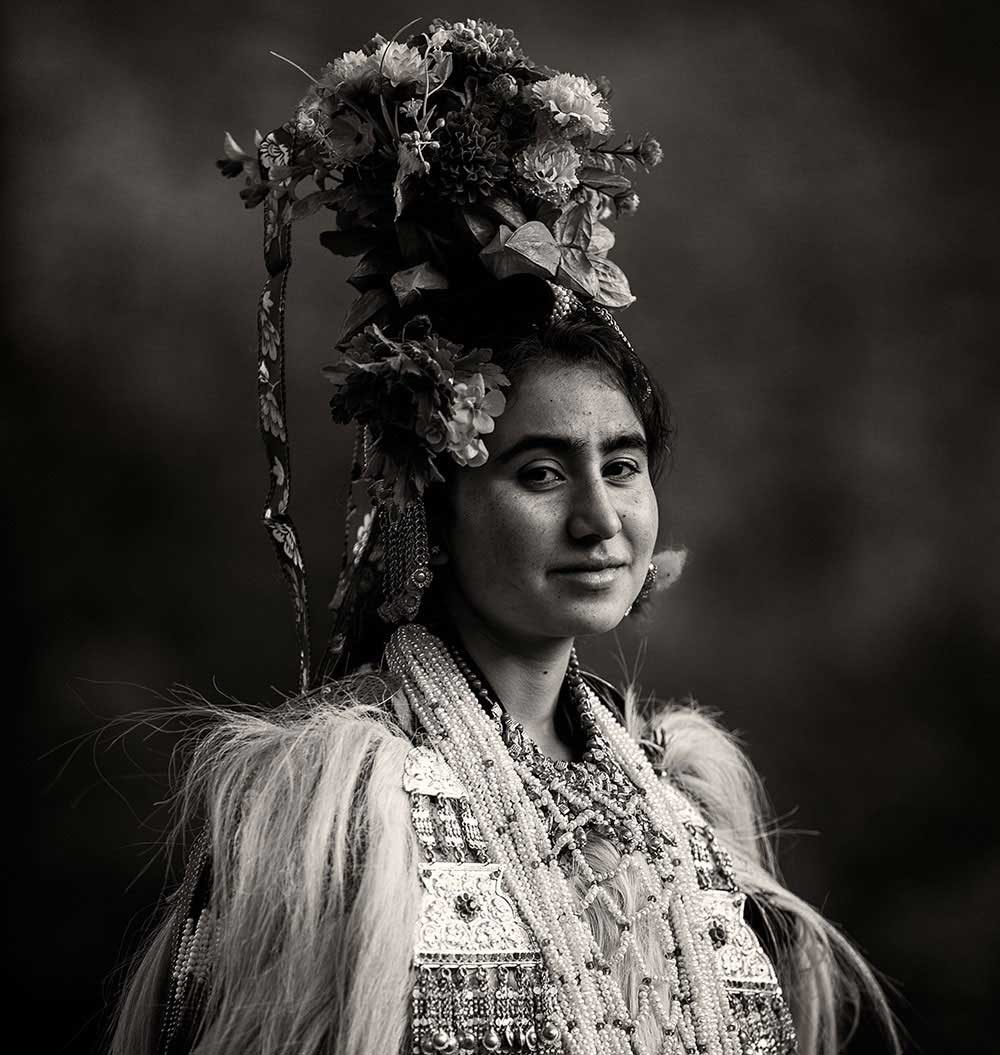
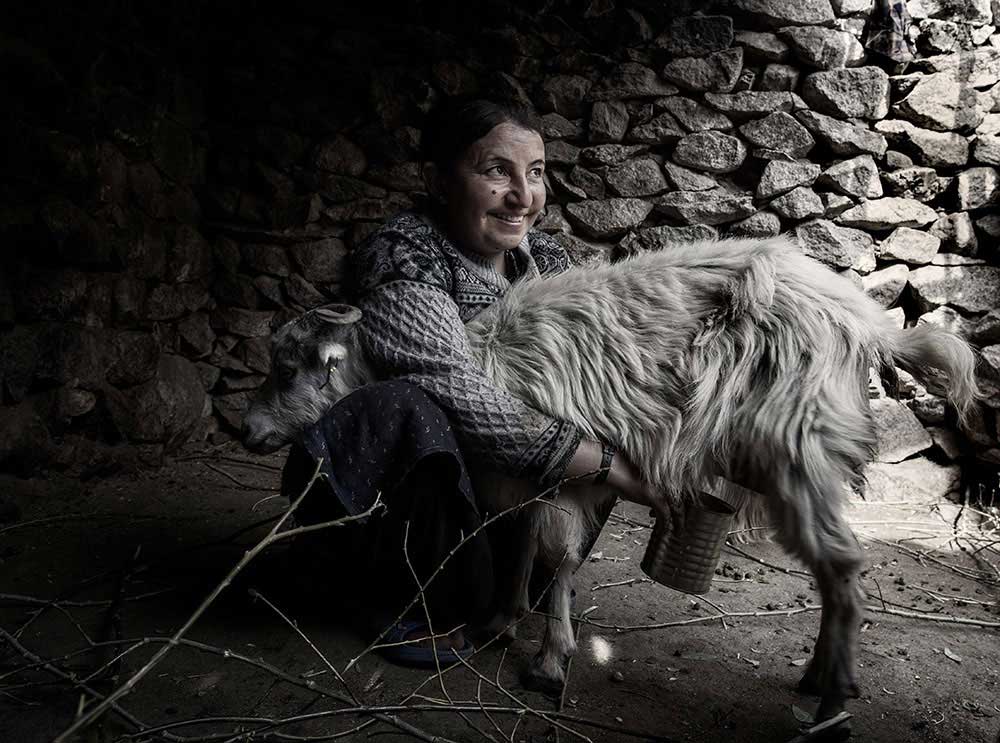
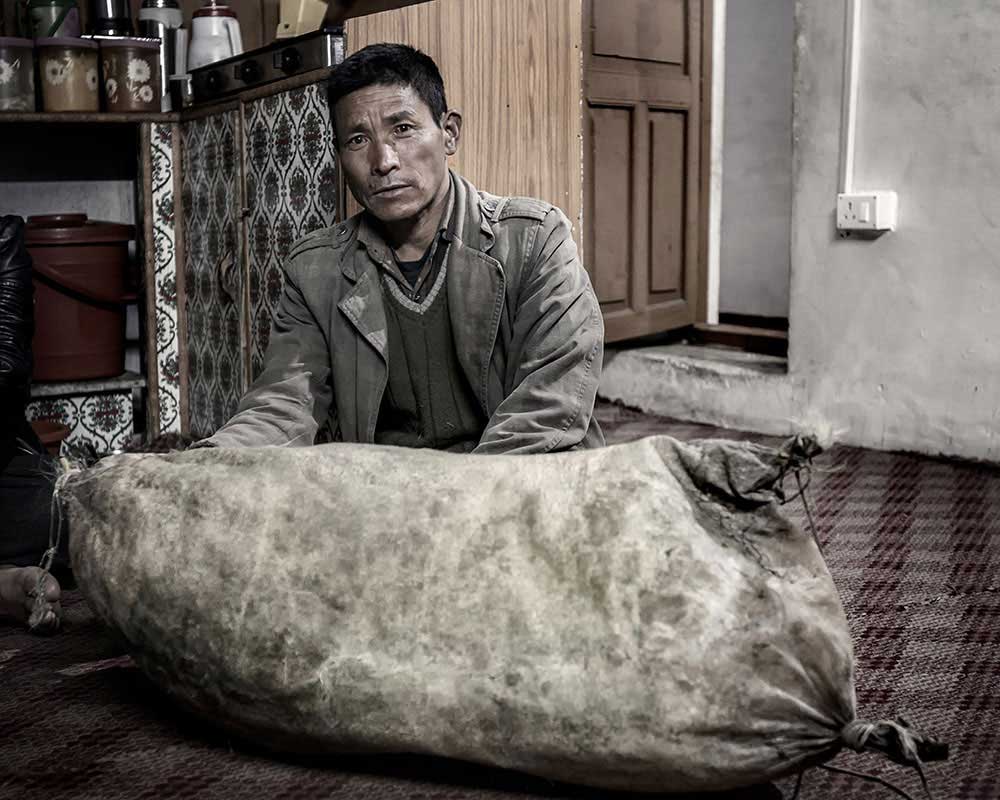
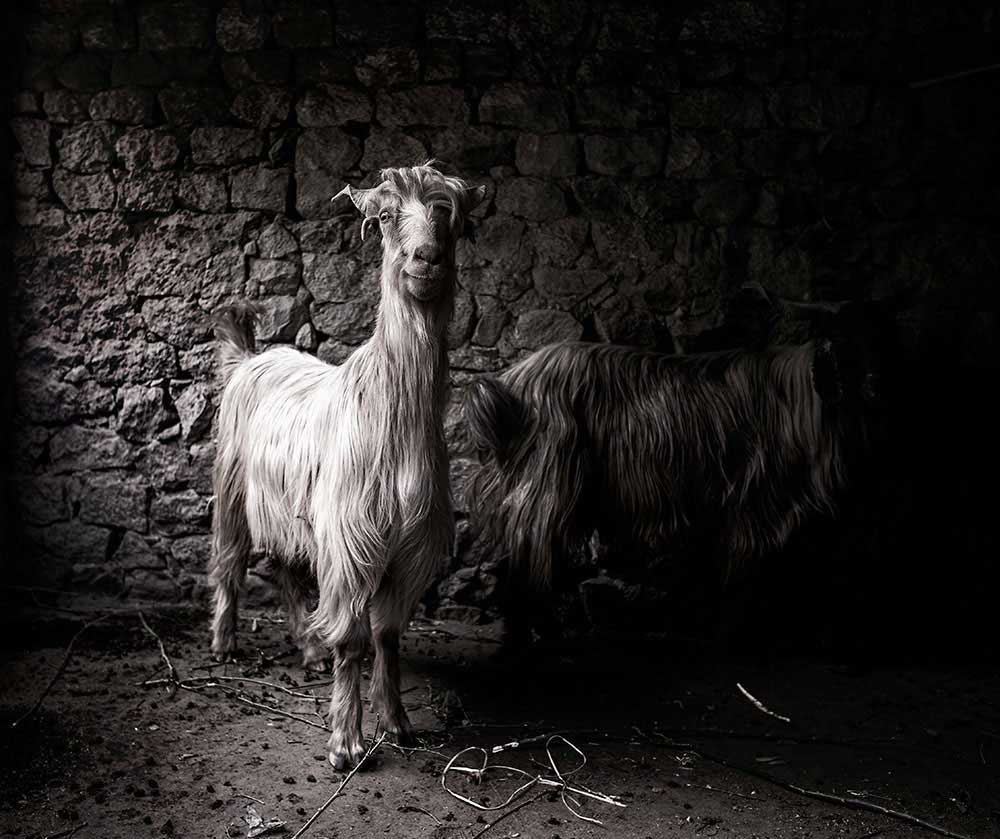
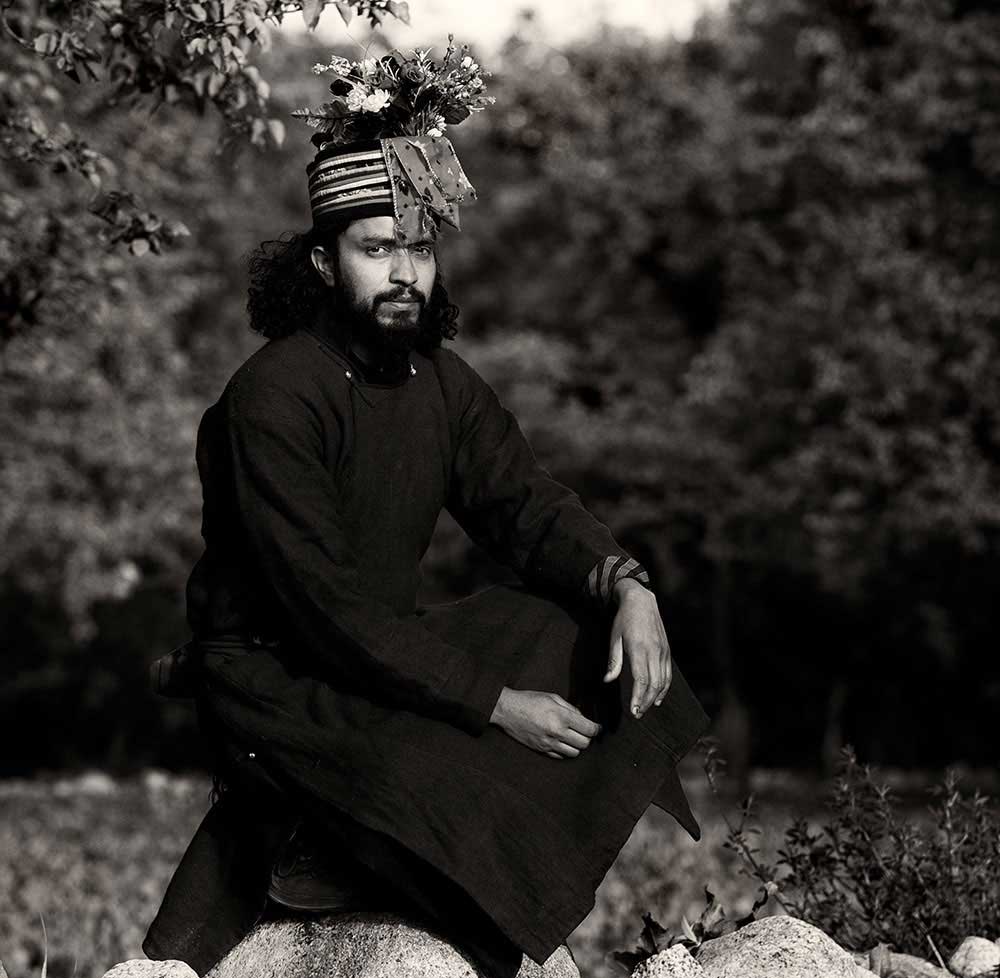
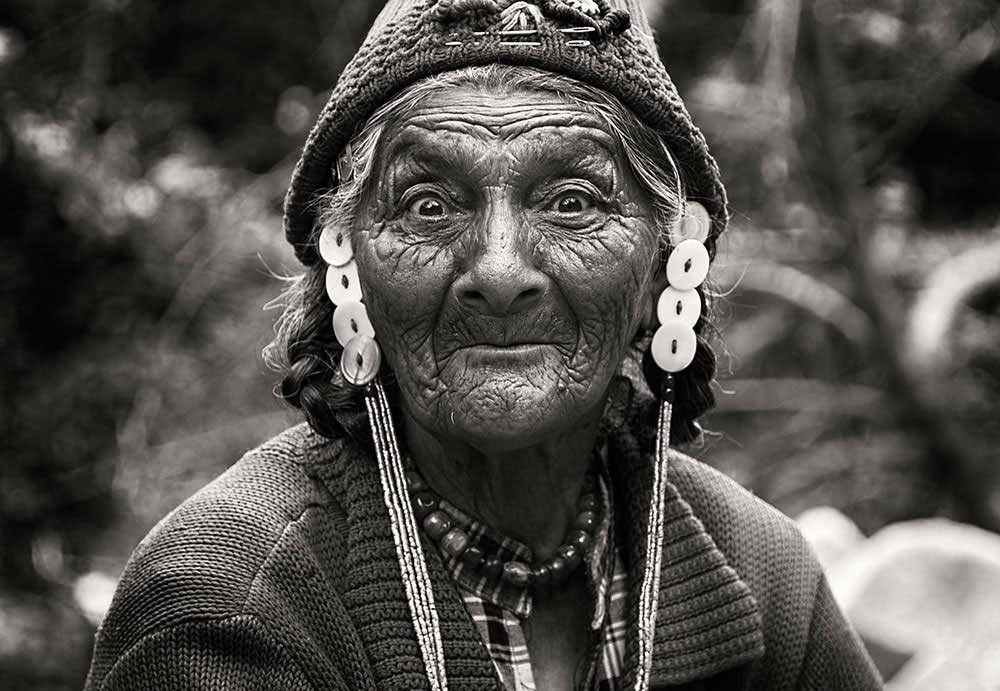
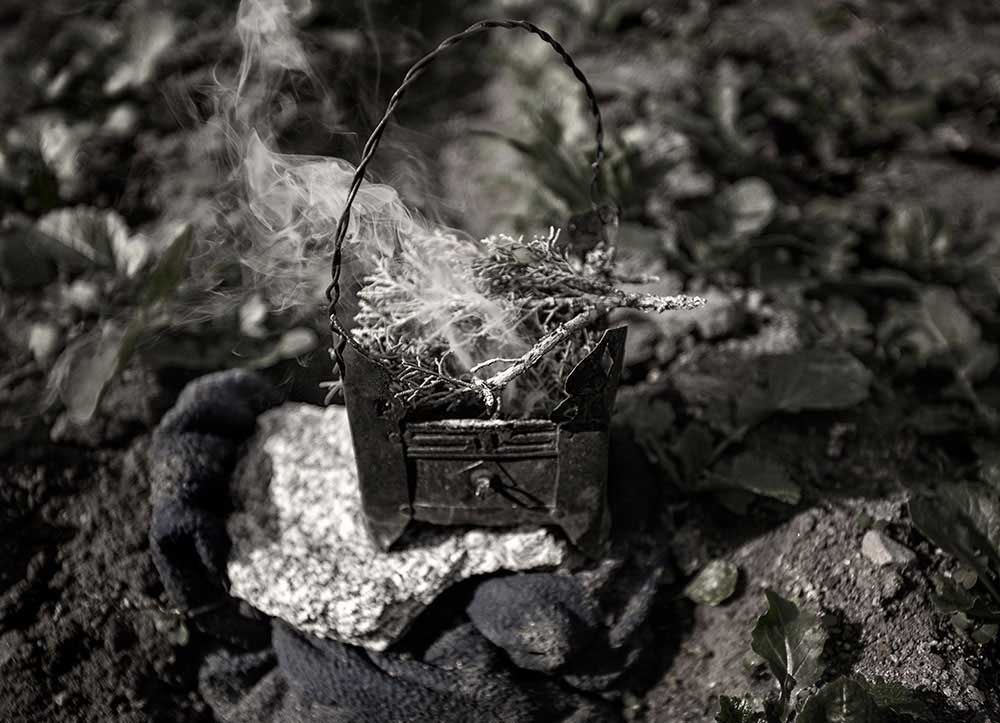
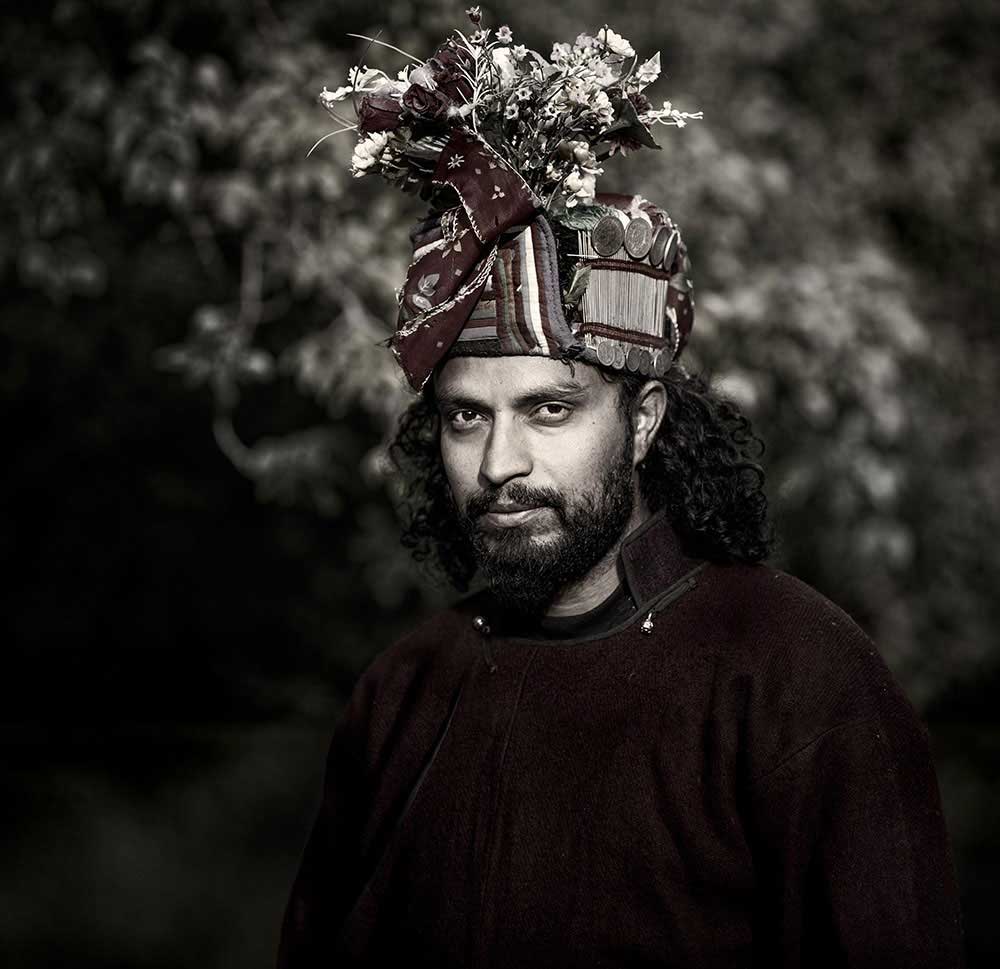
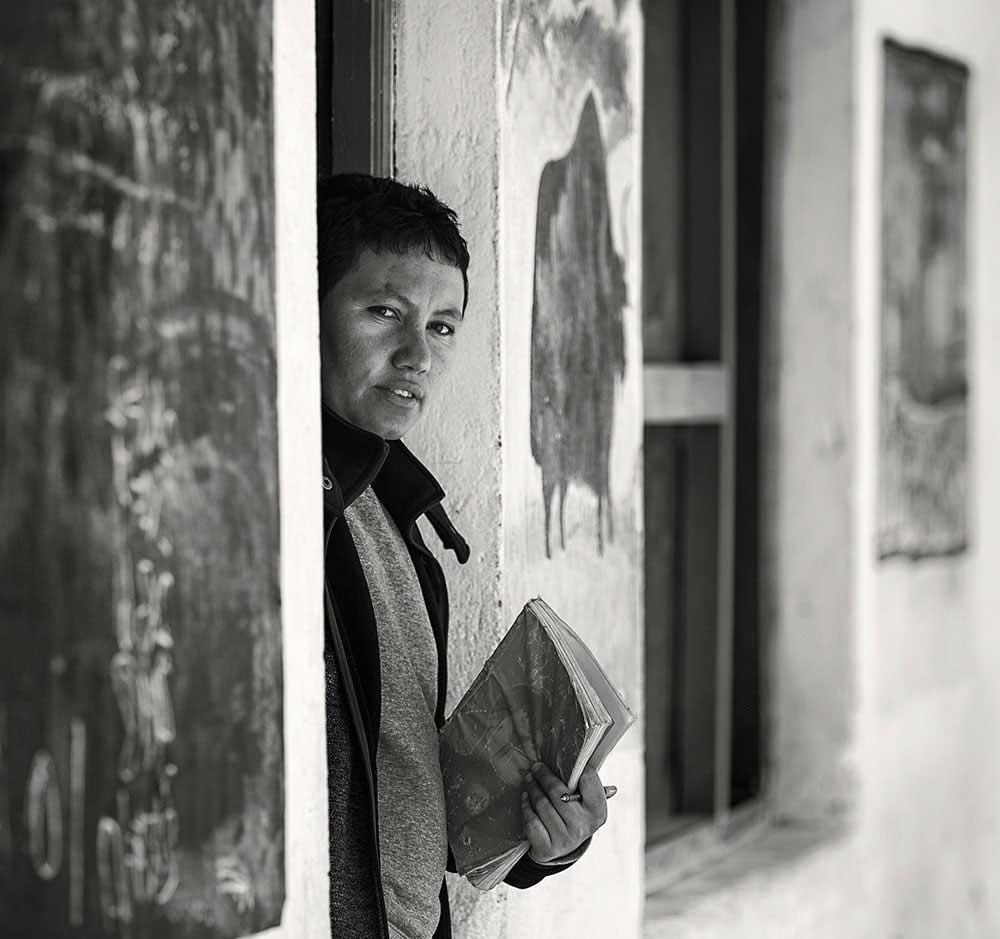
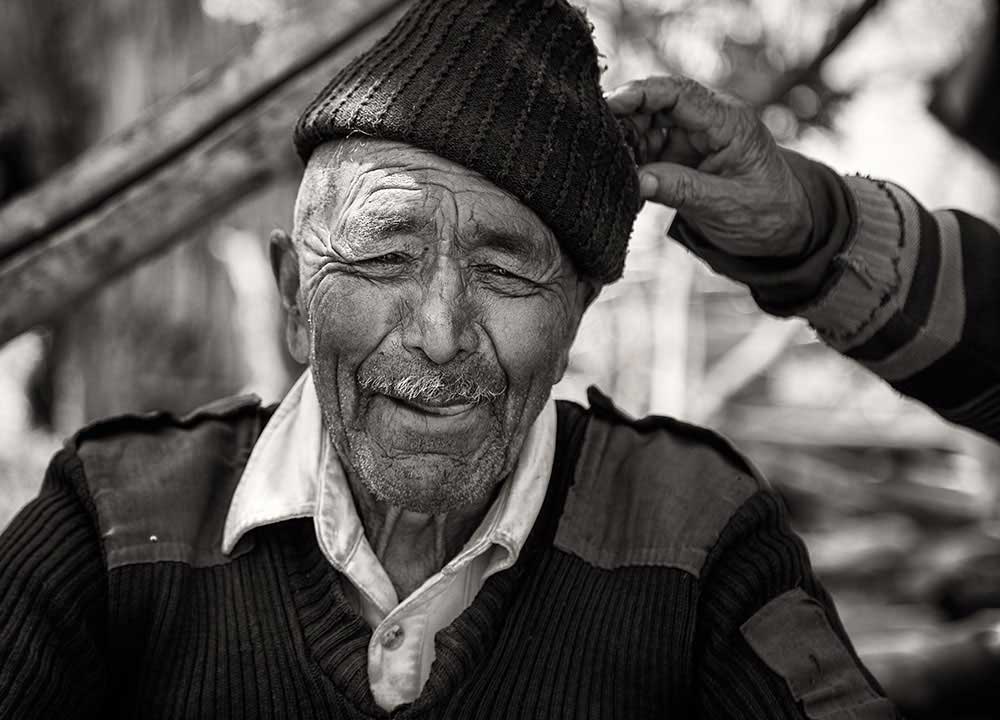
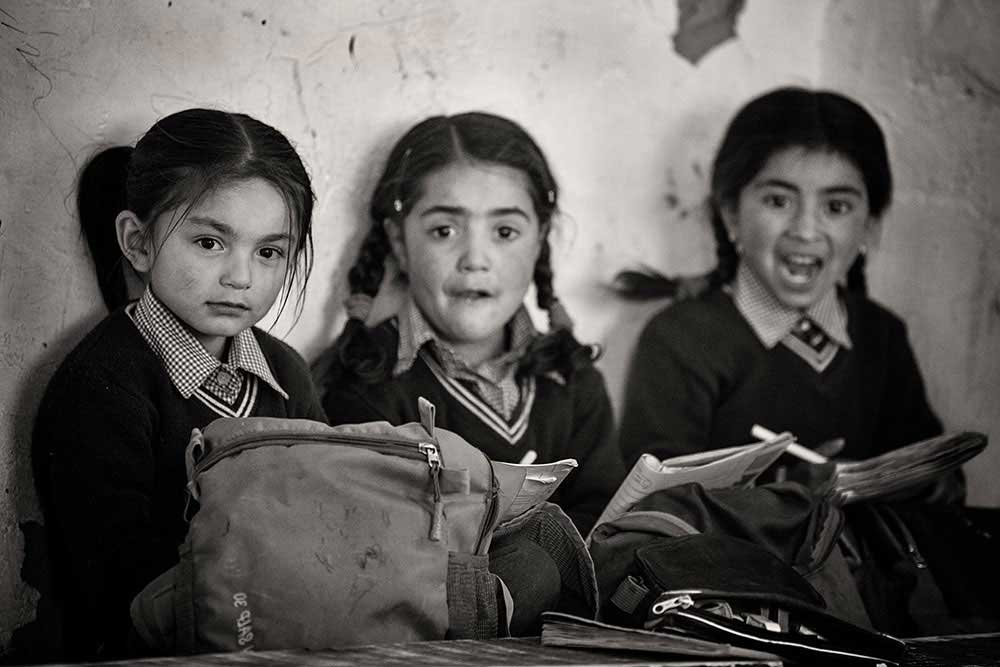
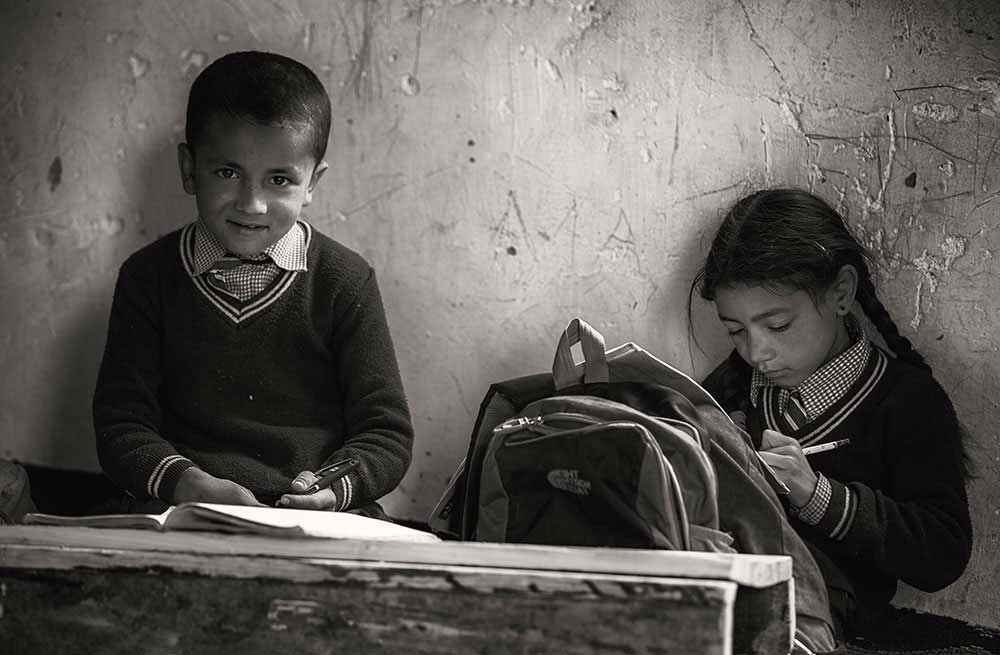
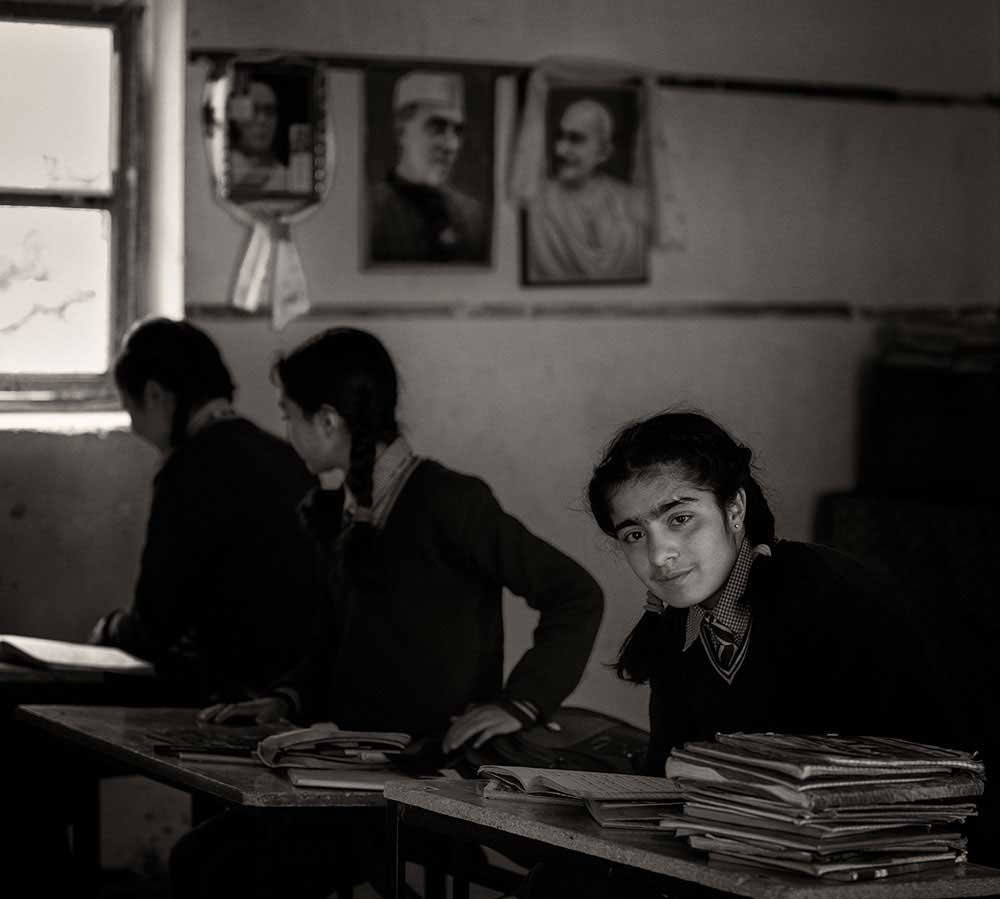
References | Literature
https://www.mapsofindia.com/jammu-kashmir/
https://www.aljazeera.com/indepth/inpictures/2014/06/pictures-last-aryans-201462383426222465.html
https://slate.com/news-and-politics/2019/08/jammu-kashmir-india-pakistan-modi.html
http://risingkashmir.com/news/the-lost-and-the-last-aryans






